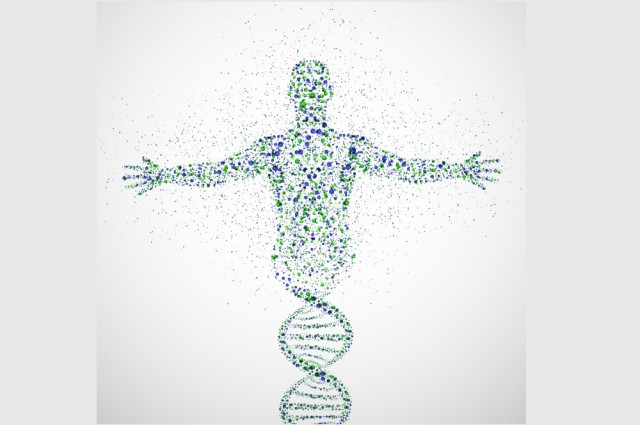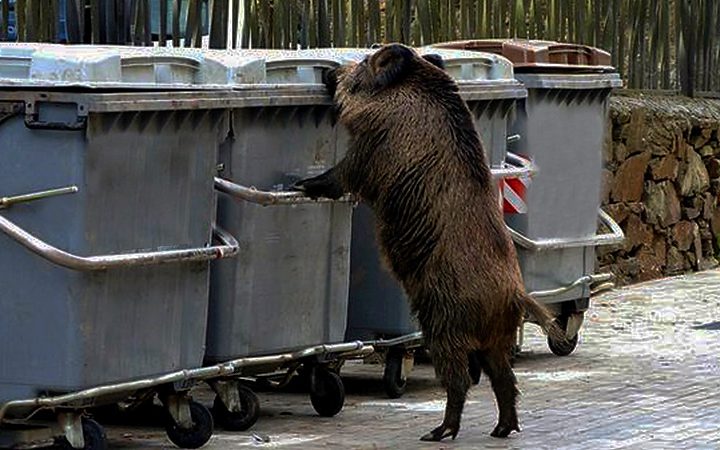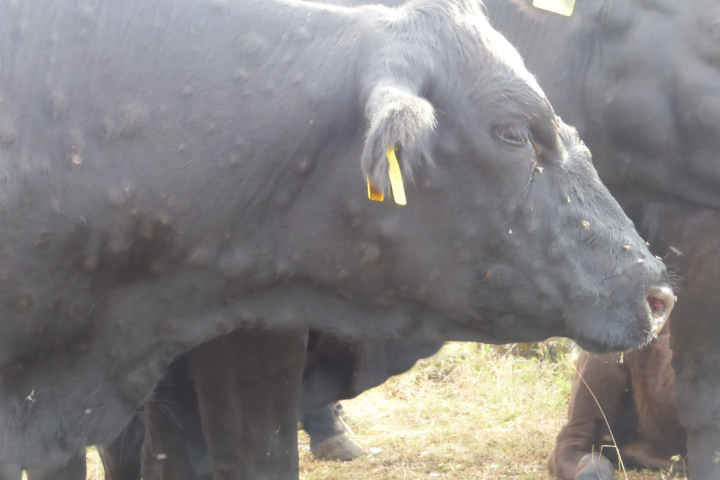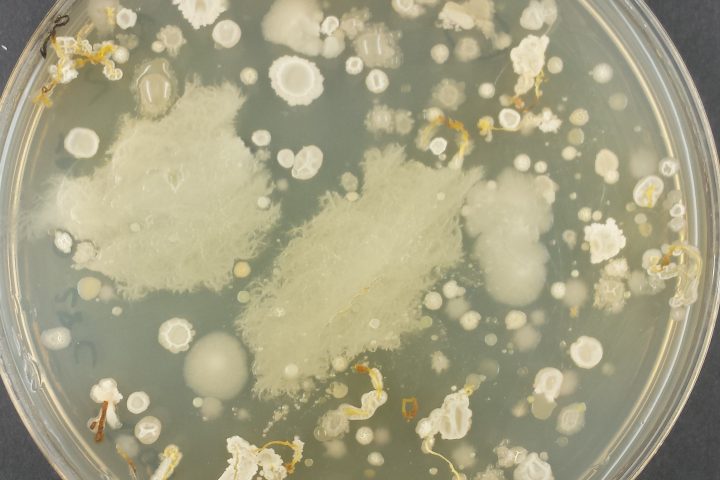«Nada tiene sentido en biología si no es a la luz de la evolución» (Theodosius Dobzhansky)
«Nada tiene sentido en evolución si no es a la luz de la genética» (Yo)
From the first organisms to humans
By Professor
Javier Novo, Department of Biochemistry and Genetics, University of Navarra
(Spain)
The arrival of
life forms with increasingly complex morphology and function during evolution
required genomes capable of encoding such complexity. The aim of this course is
to provide an overview of the process of genome evolution and to explain the
mechanisms that have shaped genomes from the first proto-cells to present-day
living beings, including us humans.
We will look at the origin of the first genomes and we will try to track the
changes that genomes have experienced during the major evolutionary
transitions. This will require a review of the molecular mechanisms that have
been invoked to explain genome evolution, but we will also look at recent
advances in genomics that are shedding new light on these processes. Finally,
we will explore some of the genetic innovations that seem exclusive of the
human genome, in particular those that can explain the amazing complexity of
the human brain.

«Genome evolution» is a short course on the evolution of genomes, in a series of 17 videos
- Molecular fossils (5:53)
- An RNA world (4:33)
- A forest of life(5:46)
- From one cell to many cells (9:51)
- The first animals (9:08)
- Introns early or introns late? (5:10)
- Setting the stage for duplications (5:23)
- Mobile elements (3:31)
- Duplication of genes(4:27)
- Duplicationof genomes(8:26)
- Retrotransposon activity (6:39)
- Non-codingand regulatory DNA (9:41)
- Duons (4:02)
- Huma-specificgenes? (9:45)
- Aburst of segmental duplications(5:26)
- Epigenetic changes in the human lineage (4:45)
- The genomes of modern and archaic humans (7:34)
The link to the complete playlist








